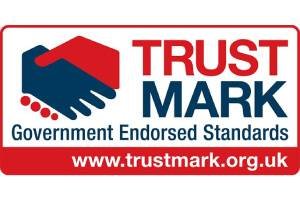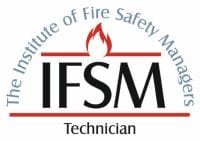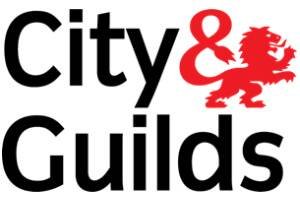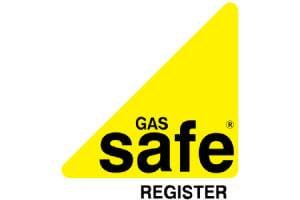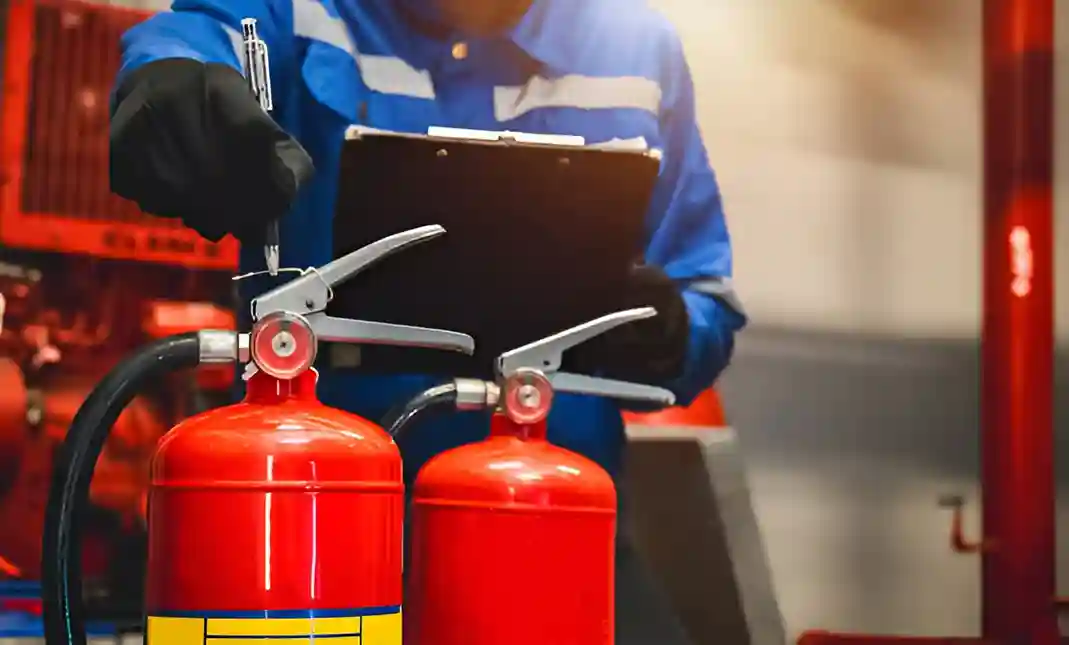
Carrying out a Type 3 Fire Risk Assessment serves as an essential tool for evaluating fire safety in complex residential buildings, such as flats and Houses in Multiple Occupation (HMOs). This assessment delves deeper than basic evaluations, concentrating on the specific risks that come with shared living spaces. Recognising its importance and the requirements involved can be essential for property owners and residents alike. However, many people may overlook the intricacies of this process.
Main Points
- Type 3 Fire Risk Assessments assess complex structures such as HMOs, concentrating on shared living areas and custom safety measures for a range of occupants.
- Our assessment process covers fire safety management, structural fire safety, alarm systems, and emergency planning to pinpoint and address risks.
- Under the Regulatory Reform (Fire Safety) Order 2005, property owners have a legal duty to carry out thorough fire risk assessments to ensure the safety of residents.
- Working with qualified professionals improves hazard identification and offers tailored recommendations, resulting in better fire safety protocols and compliance with regulations.
- Investing in a Type 3 Fire Risk Assessment can lead to long-term cost savings by preventing incidents and minimising potential liabilities for property owners.
What Is a Type 3 Fire Risk Assessment?
A Type 3 Fire Risk Assessment is a systematic examination that identifies and reduces fire dangers in a facility or environment. It involves gathering detailed information about the workspace, including materials, occupancy levels, and existing fire protection measures.
Trained professionals usually carry out the assessment, using checklists and guidelines to ensure thorough coverage of potential risks.
Key elements of a Type 3 assessment include assessing the building layout, fire exit routes, and the adequacy of fire detection and suppression systems. It also involves identifying vulnerable areas that may need extra safeguards.
Following the assessment, a report is produced outlining identified risks and recommending suitable actions to improve fire safety. This proactive strategy aims to decrease the chance of fire incidents and enhance overall preparedness, ensuring the safety of occupants and minimising property damage.
How a Type 3 Fire Risk Assessment Differs from Other Types
Although various fire risk assessments are available to meet different safety needs, a Type 3 Fire Risk Assessment is unique due to its in-depth focus on complex environments. Unlike Type 1 and Type 2 assessments, which usually apply to simpler premises, a Type 3 assessment is designed for multifaceted structures such as flats and Houses in Multiple Occupation (HMOs).
This assessment investigates deeper into fire safety measures, taking into account factors such as shared access routes, communal areas, and varying occupancy types. Additionally, Type 3 assessments involve a thorough evaluation of fire safety equipment and the potential consequences of fire spread between units, which is often overlooked in simpler assessments.
By taking a rigorous approach, we can ensure that all potential risks are identified and effectively reduced, which is essential for protecting occupants in more complex living arrangements. This, in turn, helps to improve overall fire safety standards in a range of environments.
Why Type 3 Fire Risk Assessments Are Essential for Flats and HMOs
Type 3 Fire Risk Assessments play a significant role in ensuring the safety of people living in flats and Houses in Multiple Occupation (HMOs). These assessments are fundamental because of the specific fire dangers associated with shared living spaces.
Principal reasons for their significance include:
- Increased Occupant Density: When more residents are crammed into a small space, it raises the risk of fires and makes evacuations more difficult.
- Shared Facilities: Areas like kitchens and hallways need to be carefully evaluated to stop fires from spreading and ensure everyone has safe access.
- Diverse Occupant Needs: Residents may have different mobility and sensory needs, requiring customised safety measures.
- Regulatory Compliance: Performing Type 3 assessments ensures compliance with safety regulations, safeguarding both residents and property owners.
Ultimately, these assessments are essential for keeping a safe living environment in your premises.
Legal Duties Linked to a Type 3 Fire Risk Assessment
Understanding the legal responsibilities tied to a Type 3 Fire Risk Assessment is crucial for property owners and managers of flats and HMOs. These assessments aren’t just suggestions; they’re required by law under the Regulatory Reform (Fire Safety) Order 2005. The property owner must make sure fire risks are properly identified, evaluated, and minimised to safeguard residents.
Also, the Management of Health and Safety at Work Regulations 1999 require employers, including landlords, to carry out risk assessments to prevent workplace risks, which include fire safety in shared accommodations.
Not following these legal requirements can lead to penalties, such as fines or prosecution. It may also put property owners at risk of civil liability if a fire breaks out. Therefore, meeting these legal obligations is not just about compliance, but also about protecting tenants’ lives and property.
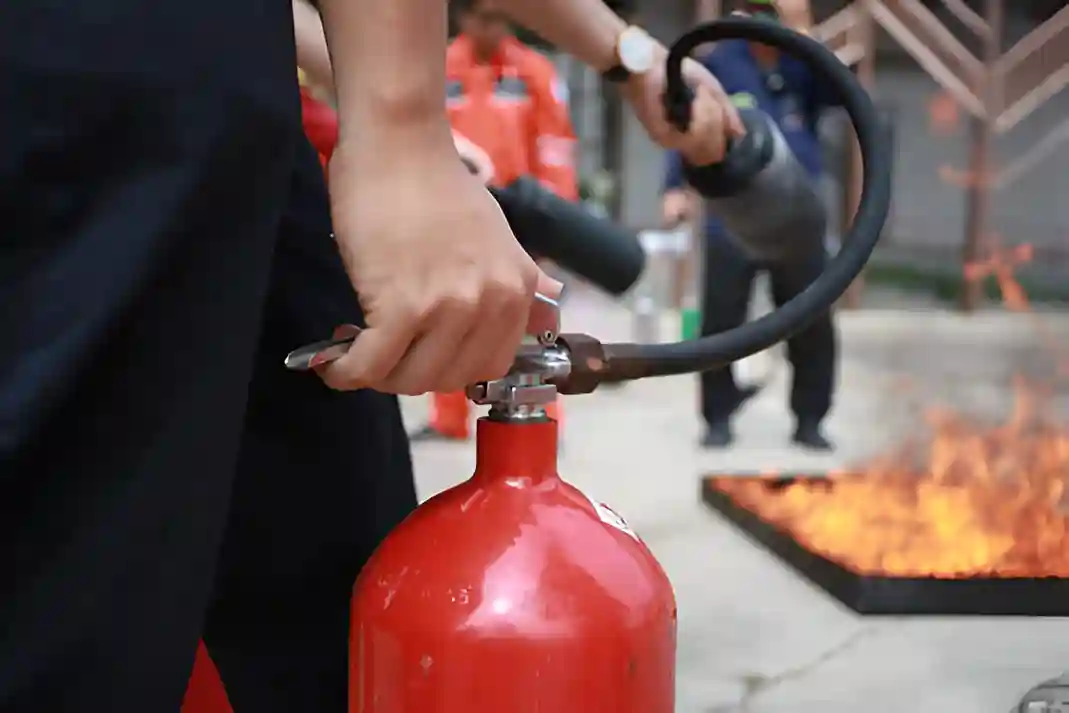
Key Areas Covered in a Type 3 Fire Risk Assessment
Conducting a thorough Type 3 Fire Risk Assessment involves covering several key areas that are essential for ensuring fire safety in residential buildings like apartments and HMOs. These areas are all about identifying and addressing unsafe situations to keep residents safe.
- Fire Safety Management: Assessment of current fire safety policies and procedures.
- Structural Fire Safety: Examining building materials and design for fire resistance and effective escape routes.
- Fire Detection and Alarm Systems: Checking the effectiveness and upkeep of smoke detectors and alarm systems.
- Emergency Planning: Assessment of emergency evacuation plans and training residents on fire safety procedures.
How to Conduct a Type 3 Fire Risk Assessment: A Step-by-Step Guide
Performing a Type 3 Fire Risk Assessment requires a methodical approach to pinpointing fire risks and assessing the current safety measures in place. The process usually starts with a thorough walkthrough of the premises to spot potential fire risks, including flammable materials and electrical threats.
Next, the assessor examines the current fire safety measures in place, including alarms, fire extinguishers, and evacuation procedures. Then, the risk of a fire happening and its potential consequences are assessed, considering factors like occupancy and building layout.
Next, the assessor ranks the identified risks by their severity and likelihood, suggesting needed improvements or extra safety measures. The findings are then documented in a detailed report that outlines the assessment process, threats found, and recommended actions. This method ensures that all key aspects of fire safety are covered, which in turn boosts environmental protection.
Who Is Responsible for Carrying Out a Type 3 Fire Risk Assessment?
Who is tasked with the responsibility of conducting a Type 3 Fire Risk Assessment? This critical evaluation is typically assigned to qualified professionals with expertise in fire safety and risk management.
The individuals responsible may include:
- Fire Safety Officers: Qualified personnel who specialise in fire prevention and safety regulations.
- Risk Assessment Consultants: Independent experts who offer unbiased assessments and advice based on industry standards.
- Building Managers: Those in charge of ensuring the building’s overall safety and compliance, often working with external experts.
- Fire Engineers: Experts who use engineering principles to evaluate fire risks and develop effective safety measures.
Each of these roles brings distinct insights and expertise, ensuring the assessment is thorough and meets regulatory requirements. When carried out correctly, a Type 3 Fire Risk Assessment can significantly boost safety and reduce possible fire threats.
Common Issues Uncovered During a Type 3 Fire Risk Assessment
What kinds of issues tend to come up during a Type 3 Fire Risk Assessment? Several deficiencies are often found, usually related to fire safety procedures and infrastructure. Inadequate fire exits and escape routes are frequently noted, which can hinder evacuation in an emergency. Furthermore, incorrect storage of flammable materials can pose significant risks, as these substances may ignite or release harmful fumes.
Furthermore, inadequate training for employees on fire safety procedures can result in confusion and delays in emergencies.
Lastly, having outdated or incomplete fire safety documentation can make it harder to comply with regulations. Address these issues to improve fire safety and reduce risk in the assessed premises.
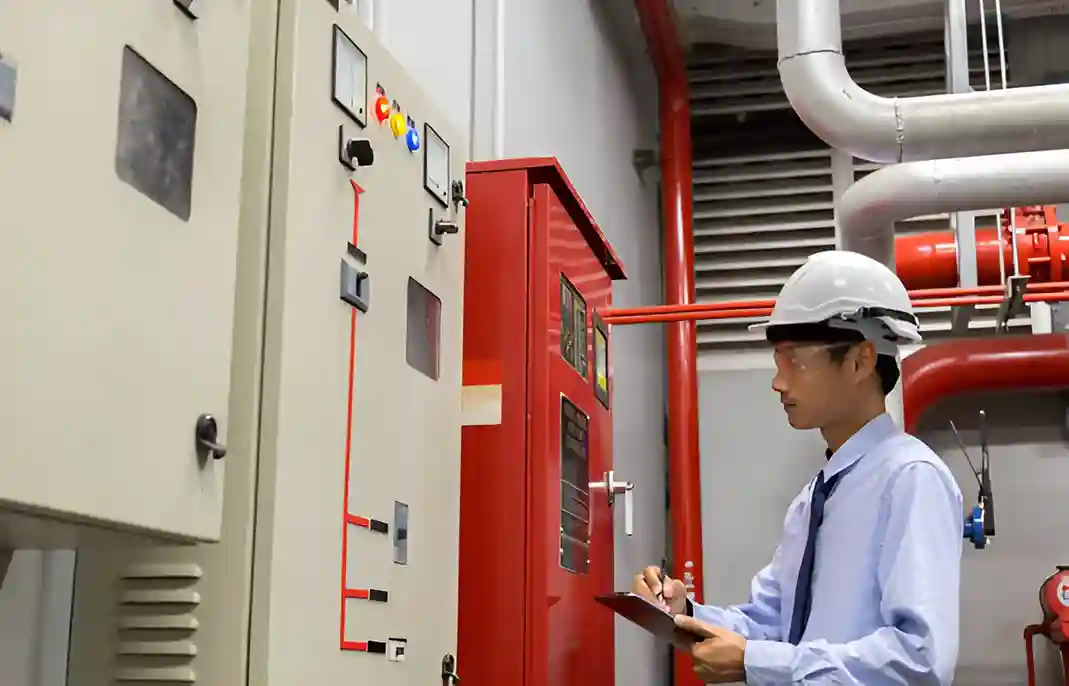
Benefits of Booking a Professional Type 3 Fire Risk Assessment
Why should organisations consider hiring a professional for a Type 3 Fire Risk Assessment? Bringing in a skilled expert can significantly improve fire safety protocols and compliance.
Professionals bring specialised knowledge and experience that can determine unsecure conditions more effectively than internal assessments.
- Comprehensive Evaluation: Our professional assessment takes into account all the key factors, making sure nothing is missed.
- Expert Recommendations: Experts deliver targeted insights that meet the organisation’s specific needs, helping to create a safer environment.
- Regulatory Compliance: They keep up to date with local and national fire safety regulations, enabling organisations to avoid legal penalties.
- Long-term Cost Savings: Investing in a thorough assessment can prevent costly fires and potential liabilities, ultimately saving money in the long term.
Frequently asked questions.
Conclusion
A Type 3 Fire Risk Assessment is essential for safeguarding residents in complex buildings, such as flats and HMOs. By pinpointing and tackling specific fire threats, these assessments help property owners meet their legal responsibilities and boost overall fire safety. Bringing in trained professionals for this process not only reduces risks but also safeguards individuals and property, ultimately developing a safer living space for all occupants.


